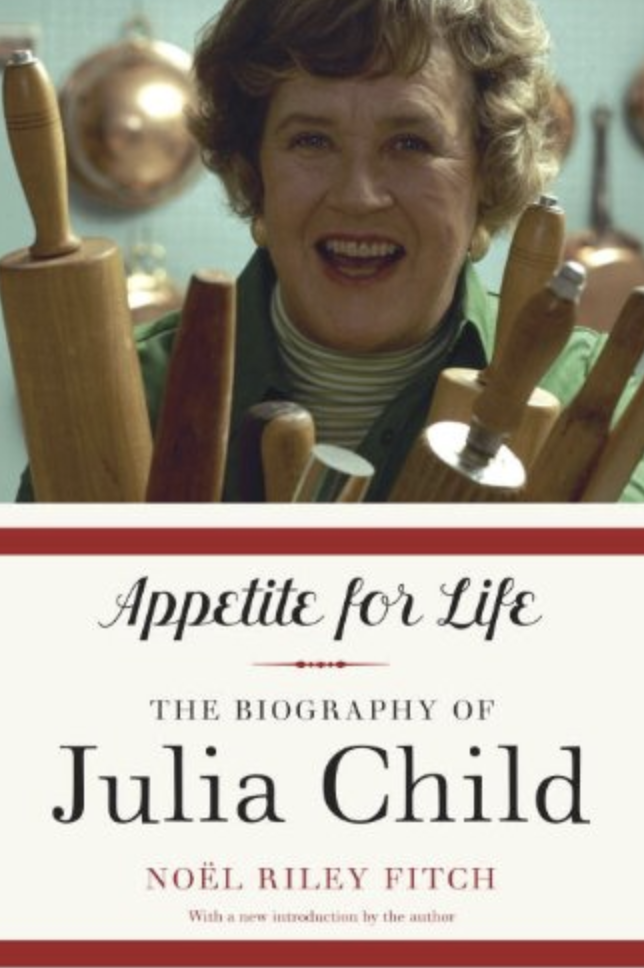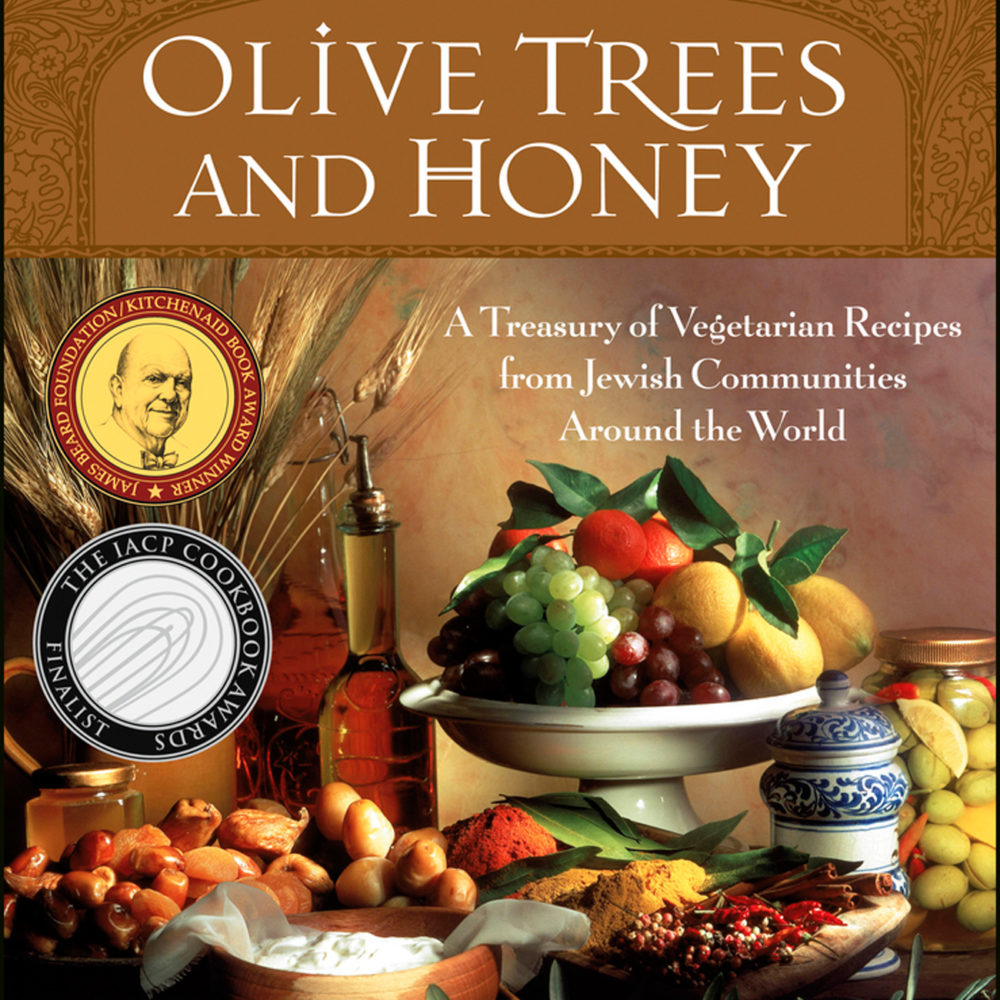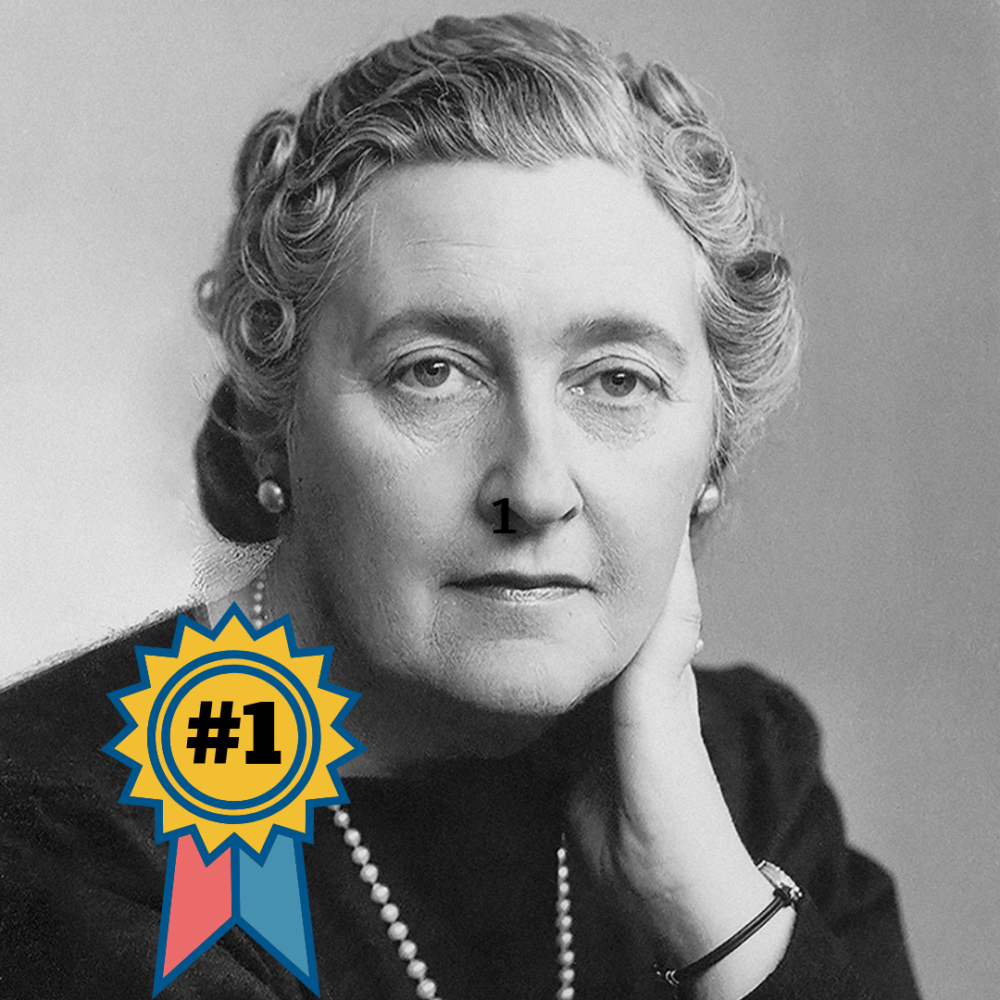Julia Child (August 15, 1912 – August 13, 2004) was a master of cookbook marketing and “offline” social media promotion. When I worked in-house for book publishers, I had the pleasure of working with Child herself and also on working on a biography of hers (Appetite for Life by Noel Riley Fitch).
Child, the author of the seminal cookbook, Mastering the Art of French Cooking, worked hard on her a long road to publishing that first book. But it led to her becoming host of Public Television’s “The French Chef,” and she has been hailed as the first true television food personality. Her cookbooks and “how-to” shows brought a passion for cooking and food into millions of American homes and paved the way for the generations of TV chefs who came later.
Having worked with the author in her later years, I can attest to the fact that Child was a lifelong, tireless, exuberant, low-maintenance and good-natured advocate for her books.
Here are some overall book promotion lessons you can take from Julia Child:
1. Start with great content
The path to getting her first cookbook published was a long one — Mastering the Art of French Cooking took nearly a decade for Child and her co-authors (and her editor, Judith Jones) to develop.
Child created much of her own book promotion momentum by writing and producing high quality cookbook “content” to begin with. She had:
- A strong vision for the cookbook
- Impeccably tested recipes
- Precisely written recipes and instruction
- Engaging headnotes
2. Don’t rely solely on your book publisher for marketing & publicity
Mastering the Art of French Cooking was published on October 16, 1961. According to her memoir, My Life in France, Child’s publisher Knopf was doing some advertising for the book, but “… most of the promotion job fell to [Child and co-author Simone Beck].
3. Leverage all your “social media” networks
The Childs and Beck “…decided to travel to places where we knew people who could put us up for the night and help arrange book signings, lectures and cooking demonstrations.”
Friends threw book parties and made an effort to help connect the new authors with “the fancy food types.” Through her “social networks” Child was introduced to established and respected food professionals like James Beard, Dion Lucas, Jacques Pepin, which helped create a “buzz” about the book among foodies.
4. Be prepared for anything… and be a good sport
Like any cookbook author worth her sea salt, Child and Beck were game for any and all opportunities and worked hard at their cooking demonstrations.
Child noted that the team often had to compensate for lack of organization on the part of the stores or organizations that were hosting their demonstrations.
Paul Child pitched in to do whatever was necessary — organizing, hauling, art directing, or washing dishes.
5. Capitalize on book publicity momentum
On October 18, 1961 Craig Claiborne gave the book a rave book review The New York Times (see “Great Content,” above). In tandem with Julia, her publisher Knopf’s publicity department leveraged that review and book buzz into any author’s dream of publicity hits, including appearances on The Today Show and articles in Life, Vogue, House and Garden and many more publications.
6. Take advantage of new book marketing platforms
One promotional appearance would prove to be life- and career-changing for the newly-minted cookbook author as the culmination of her hard work paid off in a rare opportunity.
Julia and Paul Child did not yet own a TV set when she was invited to do a publicity appearance on the Boston public television station WGBH to promote her new cookbook on a show called I’ve Been Reading. Not knowing what to expect, she worked hard like she always did and brought equipment with her and demonstrated a few proper cooking techniques—how to beat egg whites, how to make an omelette, and the like.
The appearance was so successful that the station ordered three experimental half-hours of a cooking show with Julia. Despite an inauspicious fire that burned down the WGBH studio just before taping, the show went on in a borrowed kitchen. The first three episodes—“The French Omelette,” “Coq au Vin” and “Souffles,” respectively, were popular enough with home cook/viewers for WGBH to continue the series.
While today, having one’s own television show is the most coveted of all media platforms and hard to break in for a cookbook author (or any author, for that matter), there are numerous internet and social media platforms available for the ambitious cookbook author or any author who would wisely emulate Julia Child. You can even make your own book promotional videos.
7. Live as Julia Child did: Have fun!
Perhaps the best lesson heed the piece of advice Child gave to her My Life In France readers about cooking, which can be applied to marketing, as well:
“… learn from your mistakes, be fearless, and above all have fun!”
• • • • • •
Need a more book marketing advice or tactics—or other book publishing advice? Check out the BookishNYC.com to learn about ContentMeant’s offerings for authors.
Disclosure: This post contains affiliate links relevant to the content. Purchases made through those links may result in good art karma for contributing to the financial health of creators, bookstores, etc., and to ContentMeant through a possible small commission — none of these at any extra cost to the purchaser.




